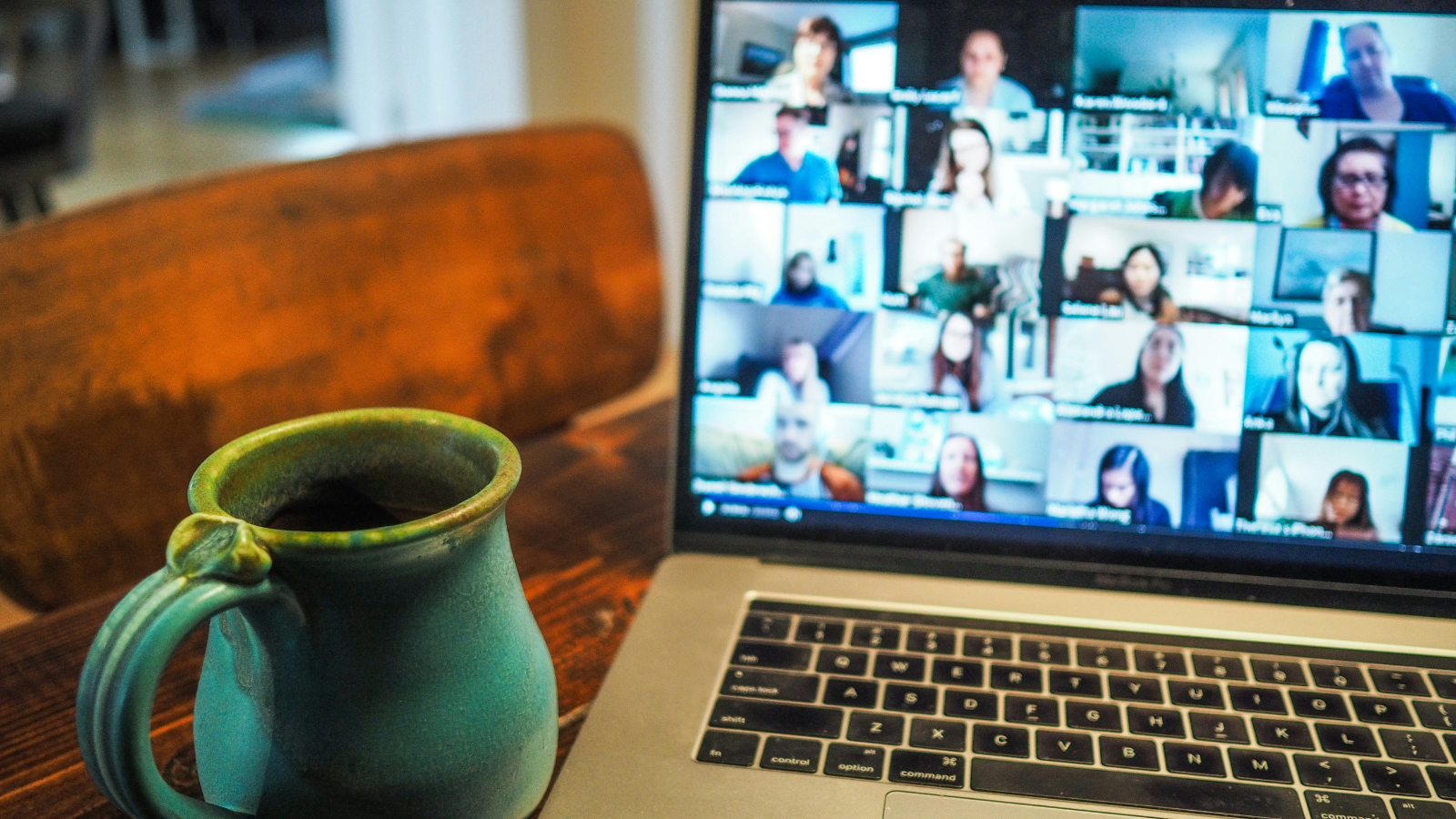Struggling to maintain harmony between your professional and personal life? You’re not alone. In the hustle and bustle of today’s fast-paced world, achieving a perfect work-life balance often feels like an unattainable dream.
This article aims to shed light on real-life examples of work-life balance, providing inspiration and practical strategies to help you navigate this tricky terrain. It’s time to stop juggling and start living a balanced life, where work and leisure coexist harmoniously.
So if you’re tired of feeling like you’re always running on empty, read on. These examples might just be the spark you need to start reshaping your life for the better.
Work Life Balance Examples
 Finding a perfect equilibrium between work and life isn’t a myth; it’s indeed a reality for many. Examples resonate globally, encouraging a healthier lifestyle. Consider a teacher who aligns her schedule with her children’s, ensuring quality family time post-work. An Entrepreneur, for instance, makes time for fitness amidst his busy routine, heralding physical health. Alternatively, a software developer opts for flexible hours, making time for personal pursuits. Undeniably, real-life stories impart the needful inspiration, reiterating that a perfectly balanced lifestyle is attainable. Every scenario acknowledges the importance of personal needs alongside professional commitments.
Finding a perfect equilibrium between work and life isn’t a myth; it’s indeed a reality for many. Examples resonate globally, encouraging a healthier lifestyle. Consider a teacher who aligns her schedule with her children’s, ensuring quality family time post-work. An Entrepreneur, for instance, makes time for fitness amidst his busy routine, heralding physical health. Alternatively, a software developer opts for flexible hours, making time for personal pursuits. Undeniably, real-life stories impart the needful inspiration, reiterating that a perfectly balanced lifestyle is attainable. Every scenario acknowledges the importance of personal needs alongside professional commitments.
Strategies for Achieving Work-Life Balance
Dedicating time to personal needs, setting professional boundaries, embracing flexibility at work, prioritizing health and wellness – these strategies play a significant role in achieving work-life balance. Evidence abounds in the stories of the teacher who aligned her schedule with her children’s, the entrepreneur making fitness a priority, and the software developer choosing flexible working hours. These instances shed light on the myriad ways individuals create a fulfilling, balanced lifestyle amidst professional commitments.
Challenges to Maintaining Work-Life Balance
 Sustaining equilibrium between personal and professional life poses a set of challenges, despite the strategies previously discussed. Noteworthy challenges include continuously evolving work requirements, societal expectations about work-life balance, and personal setbacks. For example, a project manager’s work schedule may frequently change due to unforeseen situations, making it harder for him to adhere to his personal commitments. Also, societal norms often create a stigma around prioritizing personal life over work, causing additional pressure. Lastly, personal problems such as health or relationship issues can heavily impede achieving this balance.
Sustaining equilibrium between personal and professional life poses a set of challenges, despite the strategies previously discussed. Noteworthy challenges include continuously evolving work requirements, societal expectations about work-life balance, and personal setbacks. For example, a project manager’s work schedule may frequently change due to unforeseen situations, making it harder for him to adhere to his personal commitments. Also, societal norms often create a stigma around prioritizing personal life over work, causing additional pressure. Lastly, personal problems such as health or relationship issues can heavily impede achieving this balance.
Companies Leading by Example
Successful work-life balance strategies exist beyond individual practices. Several corporations realize the importance of this balance, implementing dedicated programs to promote it. Consider companies like Salesforce, Patagonia, and Google, institutions that have made headlines for their employee-centric policies. They illustrate how organizations can propel work-life harmony through comprehensive strategies and initiatives, demonstrating that prioritizing employee well-being isn’t merely feasible, but indeed highly beneficial for companies.
The Role of Technology in Work-Life Balance
 Emerging technology plays a crucial part in fostering work-life balance in contemporary society. Various tech tools act as enablers, promoting flexibility and efficiency. A good example is deskbird , an all-in-one hybrid workplace management app that increases productivity without compromising work-life balance and employee engagement. Remote communication platforms, for instance, facilitate virtual meetings and work collaborations. Project management applications, such as Asana and Trello, assist in task organization and multiple team coordination. Furthermore, digital health initiatives—including fitness apps and virtual wellness programs—aid in maintaining an individual’s physical and mental well-being. Digital disconnect technologies also exist, enabling individuals to set boundaries and disconnect from work, promoting a healthier, balanced lifestyle. Utilizing these technologies wisely, therefore, becomes key.
Emerging technology plays a crucial part in fostering work-life balance in contemporary society. Various tech tools act as enablers, promoting flexibility and efficiency. A good example is deskbird , an all-in-one hybrid workplace management app that increases productivity without compromising work-life balance and employee engagement. Remote communication platforms, for instance, facilitate virtual meetings and work collaborations. Project management applications, such as Asana and Trello, assist in task organization and multiple team coordination. Furthermore, digital health initiatives—including fitness apps and virtual wellness programs—aid in maintaining an individual’s physical and mental well-being. Digital disconnect technologies also exist, enabling individuals to set boundaries and disconnect from work, promoting a healthier, balanced lifestyle. Utilizing these technologies wisely, therefore, becomes key.
Last Take on Work Life Balance
Achieving work-life balance isn’t a walk in the park. It’s a complex dance that involves personal time management, boundary setting, and health prioritization. The challenges are real, but so are the solutions. Individuals can indeed navigate these hurdles, as the real-life examples discussed have shown. Companies like Salesforce, Patagonia, and Google are leading the way, showing us that work-life balance programs are not only possible, but beneficial. Technology plays a significant role, offering tools that promote flexibility, efficiency, and well-being. So, let’s embrace these strategies and tools. Let’s redefine our work-life balance and make it work for us. Because in the end, it’s not just about surviving in this fast-paced world, it’s about thriving.



